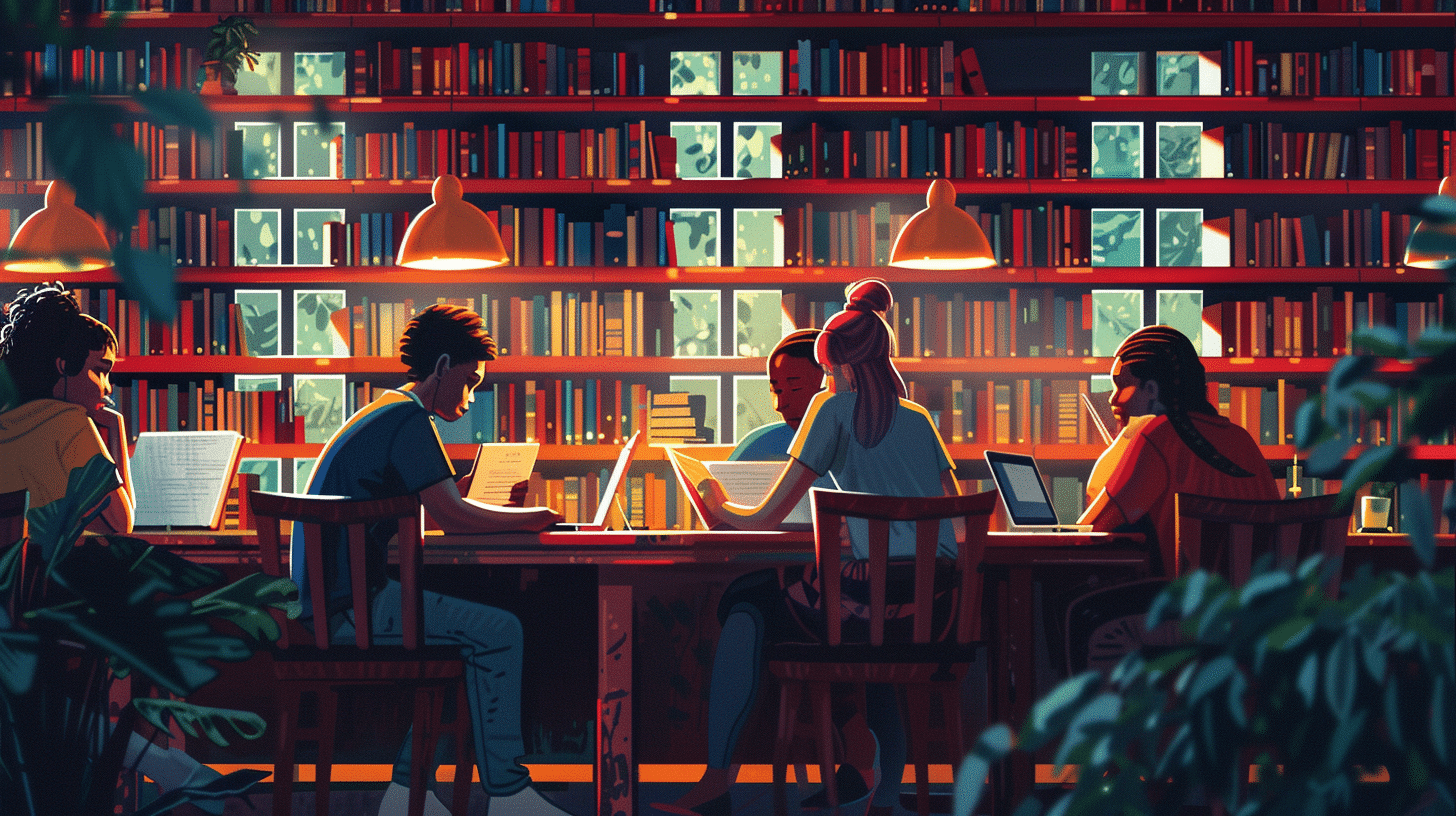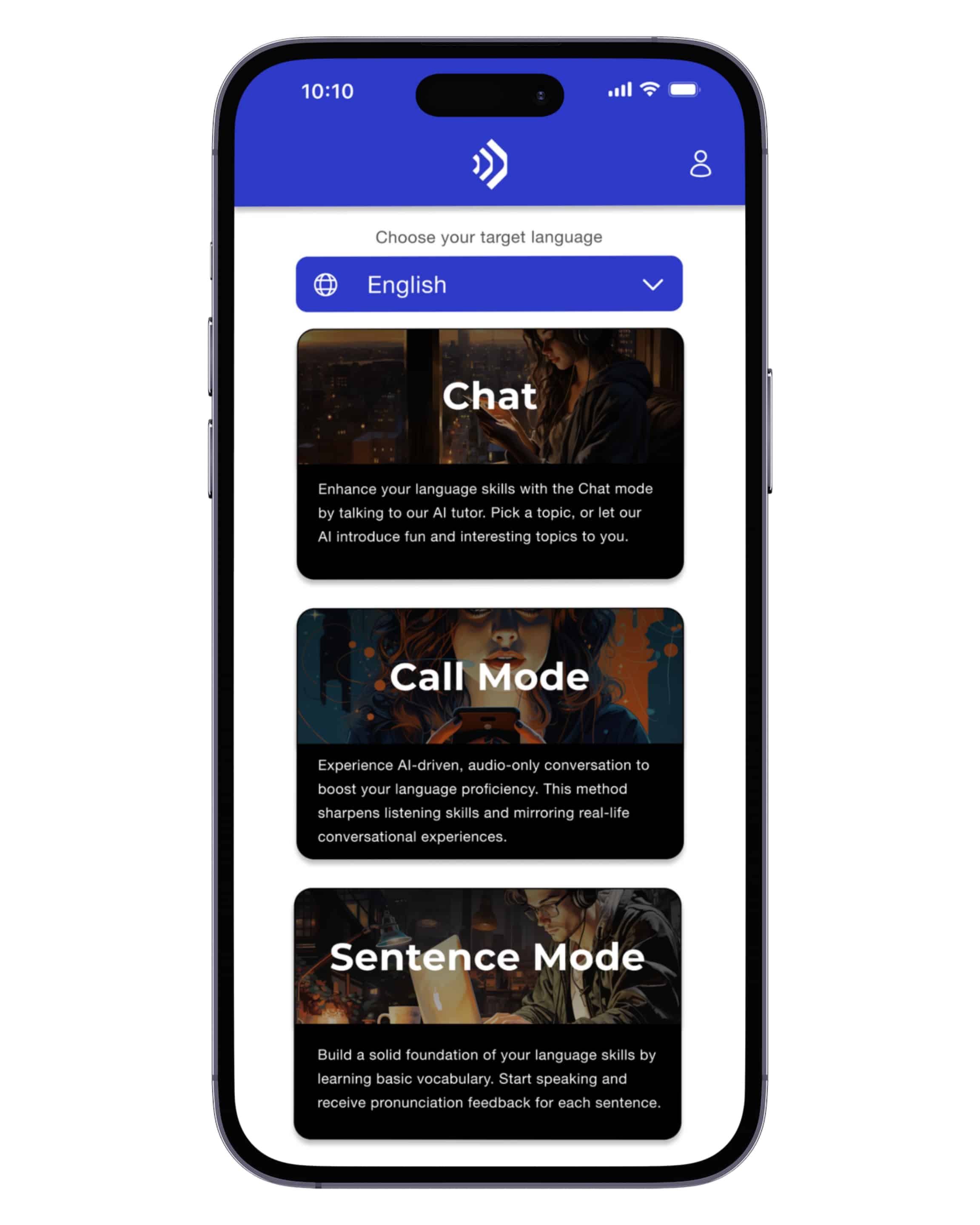Pick a language and start learning!
Location adjectives Grammar Exercises for Maori Language

Location adjectives in the Māori language, also known as "kaiwāhi" or locative adjectives, are essential for describing the positions and relations of objects and people within a space. These adjectives provide a vivid and precise way to convey spatial relationships, enhancing both spoken and written communication. Understanding and using location adjectives correctly can greatly improve your fluency and comprehension of the Māori language, making interactions more meaningful and accurate.
Learning location adjectives involves grasping the various terms used to describe directions, positions, and spatial relationships. Words like "runga" (above), "raro" (below), "mua" (in front), and "muri" (behind) are just a few examples of the locative adjectives that form the foundation of this aspect of the language. Exercises that focus on these adjectives not only help in memorizing their meanings but also in applying them in real-life contexts. Through consistent practice, you'll be able to describe locations and navigate conversations with greater ease and confidence in Māori.
Exercise 1
<p>1. The cat is *under* the table (location below an object).</p>
<p>2. The school is *next* to the park (location beside another place).</p>
<p>3. The book is *on* the desk (location on top of a surface).</p>
<p>4. The keys are *in* the drawer (location inside a compartment).</p>
<p>5. The dog is *behind* the house (location at the rear of a structure).</p>
<p>6. The car is *in front of* the garage (location at the entrance of a place).</p>
<p>7. The bird is *above* the tree (location higher than an object).</p>
<p>8. The child is *between* the two chairs (location in the middle of two items).</p>
<p>9. The shoes are *beside* the door (location next to an entry point).</p>
<p>10. The painting is *on* the wall (location attached to a vertical surface).</p>
Exercise 2
<p>1. The cat is *under* the table (location below).</p>
<p>2. The books are *on* the shelf (location on top).</p>
<p>3. The school is *near* the park (location close by).</p>
<p>4. The dog is *inside* the house (location within).</p>
<p>5. The car is *behind* the garage (location at the back).</p>
<p>6. The tree is *next to* the house (location adjacent).</p>
<p>7. The keys are *in front of* the door (location at the forefront).</p>
<p>8. The shoes are *underneath* the bed (location below).</p>
<p>9. The store is *across from* the bank (location opposite).</p>
<p>10. The painting is *above* the fireplace (location higher than).</p>
Exercise 3
<p>1. The cat is *under* the table (location below an object).</p>
<p>2. The book is *on* the desk (location above a surface).</p>
<p>3. The children are *inside* the house (location within a structure).</p>
<p>4. The car is *outside* the garage (location not within an enclosure).</p>
<p>5. The bird is *above* the tree (location higher than something).</p>
<p>6. The keys are *behind* the door (location at the back of something).</p>
<p>7. The dog is *next to* the chair (location adjacent to an object).</p>
<p>8. The shoes are *in front of* the closet (location before something).</p>
<p>9. The pen is *between* the books (location in the middle of two objects).</p>
<p>10. The ball is *underneath* the couch (location below an object, more specific).</p>






